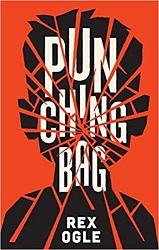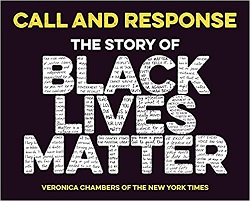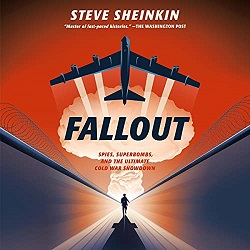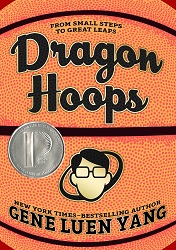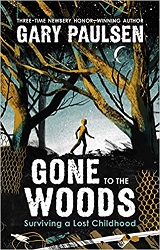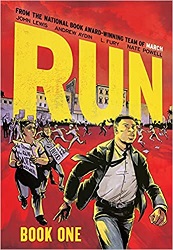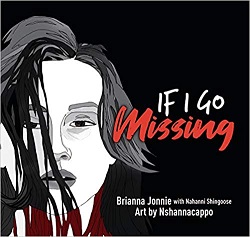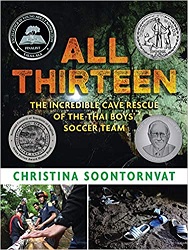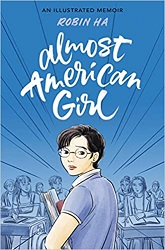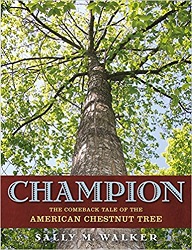Review of Punching Bag, by Rex Ogle
by Rex Ogle
Norton Young Readers, 2021. 207 pages.
Review written January 6, 2022, from a library book
Starred Review
In Punching Bag, Rex Ogle continues to tell about his life. Free Lunch</em> told about the difficulty of being poor when he was in middle school. In Punching Bag, he’s in high school and his family is no longer desperately poor, but he gets frequently beaten by both his mother and his stepfather.
The book is framed with a story about coming home from a summer away when he was seven years old. His mother tells him a baby sister was born while he was gone. But she died. She tells Rex that it’s his fault because he left.
Then we flash to high school. When things get rough, Rex imagines his sister watching him, helping him cope.
Meanwhile, he’s got his actual little brother with him, to help, to entertain, and to try to protect. Rex doesn’t want to turn to violence like his mother and Sam do, but sometimes it all wells up inside him.
There’s lots of humor in this terribly sad book. His style gives us a taste of how surreal the situation must have been for a teen and how trapped he must have felt. The book is powerful, but painful. I’m so glad I read it.
Let me pass along the Author’s Note at the front of the book:
This is a true story. This is my story. It happened to me.
And as painful as it was for me to write, it may be equally or more painful for you to read – especially if you’ve lived through something similar.
If you’re not ready to read this, then don’t. Please, go enjoy some sunshine, watch a funny movie, or buy yourself an ice cream. This book will be waiting for you when you are ready.
But know this: I lived this, I survived. You survived your past too, or you wouldn’t be here reading this. We are both alive. We may have a few more scars than we’d like – inside or out – but we made it through. No matter how dark the past, or even the present, the sun will always come up tomorrow. There is hope.
This story (and that ice cream) are waiting . . . whenever you’re ready.
Find this review on Sonderbooks at: www.sonderbooks.com/Teen_Nonfiction/punching_bag.html
Disclosure: I am an Amazon Affiliate, and will earn a small percentage if you order a book on Amazon after clicking through from my site.
Disclaimer: I am a professional librarian, but the views expressed are solely my own, and in no way represent the official views of my employer or of any committee or group of which I am part.
What did you think of this book?
